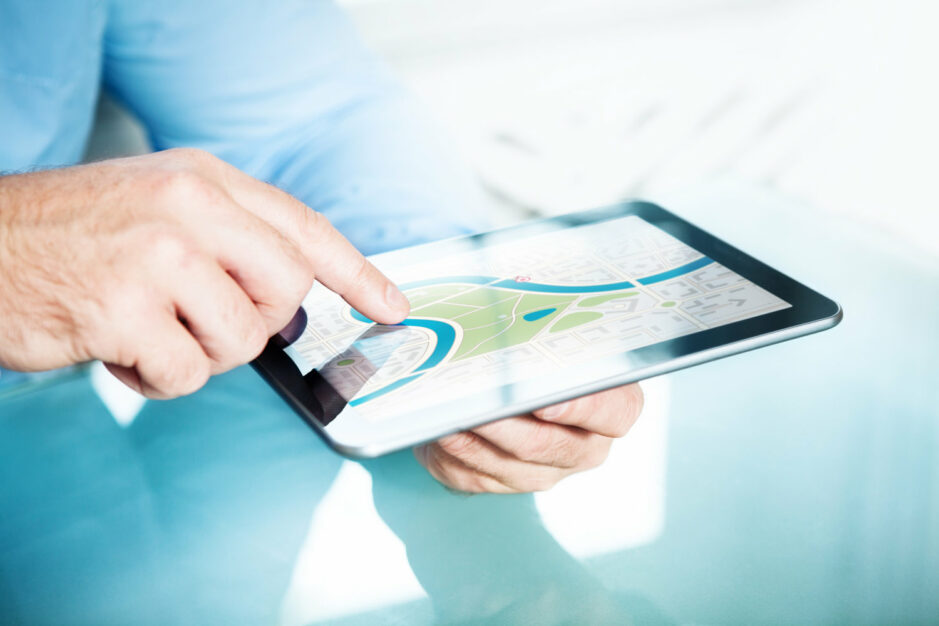From Point A to B, Wayfinding Tech Moves Indoors
CREtech Blog

Did walking into a building ever bring you to a halt as you gaped at the scope of the space? We had that feeling the first time walking into a train station in Japan. It’s easy to feel like a tiny ant when walking into these massive structures. Once the wonder wears off, the next question is, “how do I get from here to my store?” More large spaces, like retail malls, entertainment districts, and medical complexes, are applying the same wayfinding tech we use to navigate city blocks to improving the customer experience.
Companies are using mobile apps or on-location touch screens to help people navigate to their destination. Take Gatwick Airport in London as a prime example. Marrying wayfinding with augmented reality, its app navigates users around the space using directional arrows overlaid virtually in the airport. In Minnesota, the Mayo Clinic has 59 different buildings with interconnected pedestrian walkways, creating a maze for patients, families, and medical personnel. The Mayo Clinic Patient app applies the same wayfinding principles to help clients find their way to appointments and amenities.
How does Interior Wayfinding Work?
The simplest form of interior wayfinding uses touchscreen panels routinely located throughout a space. The customer can type in their search query, find the service they seek and get directions. This method relies on the customer to stand before the screen and to recall directions.
A more sophisticated method relies on Bluetooth technology. Thanks to the Internet of Things (IoT), developers and building managers can deploy a network of sensors to run a wayfinding program. The Bluetooth tech to “pings” off a user’s smartphone, providing their location information. This tech could support push marketing messages and offers based on a user’s proximity in a space.
Wayfinding Benefits from IoT technology
Besides navigation, wayfinding helps retailers track how customers move through the store, creating more efficient spaces and anticipating customer needs. Retailers gain insights into which products to place together to optimize a sale. Companies like InnerSpace apply WiFi and BLE to create spatial analytics and interior mapping. They track customer movement and identify how consumers move through a space.
Another benefit to using a Bluetooth sensor network allows brands with mobile apps to deliver hyperlocal content in store. When a consumer is on the app and standing in front of a particular product, the app can share product reviews or the consumer can push a button request sales assistance. Paired with geofencing, the same technology can share when the client is near a product they’ve tagged in the mobile app. Based on the user’s location, the wayfinding can push alerts and customized deals thanks to geotargeting technology.
Wayfinding applications, combined with RFID and inventory tracking, is capable of providing turn-by-turn directions to find the product they’re looking for. At the very least, it can mark the desired item on a floor map on their smartphone. When the store is slammed, and the customer has a question, there’s no need to wait for a customer associate to become free.
Today’s commercial spaces can span city blocks. How does a customer who’s looking for a specific store navigate from where they’re parked to its location? With interior wayfinding. This customer service advancement is quickly becoming helpful in hospitals, useful in crowded airports, and keeping shoppers in malls.
DON'T MISS OUR UPCOMING CRE // TECH EVENTS IN LOS ANGELES ON SEPTEMBER 28TH AND NEW YORK ON DECEMBER 7TH! TICKETS ARE ON SALE NOW!
